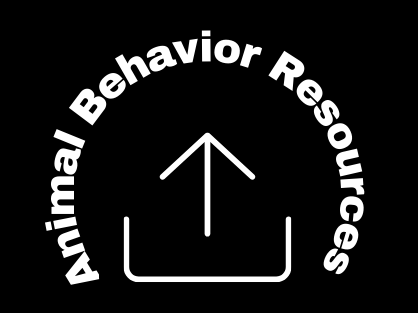OA and OER
Open access (OA) means free access to information and unrestricted use of electronic resources for everyone. Any kind of digital content can be OA, from texts and data to software, audio, video, and multimedia.
UNESCO
Almost all of the materials on this website are OA. There are a few resources that are “available for CUNY”. These include articles from subscriptions provided by CUNY like the New York Times.
Open Educational Resources (OER) are learning, teaching and research materials in any format and medium that reside in the public domain or are under copyright that have been released under an open license, that permit no-cost access, re-use, re-purpose, adaptation and redistribution by others.
UNESCO
Some of the materials on this site are OER. All of the original teaching materials that have been created by CUNY instructors and shared on this website are OER. They are marked by a specific Creative Commons license which indicates if users can edit, modify, customize, and share them (see the specific licenses on the Creative Commons website).
Some teaching materials, especially those linked on other web pages, are not OER. These materials can still be used in the classroom, with customizations, but there are restrictions about re-sharing those materials. Always check the original source for their license if you wish to re-share it in the public domain.
Why use OER?
1. Zero Cost to Students
As CUNY instructors, we recognize the financial challenges that many of our students face when it comes to purchasing mandatory textbooks. By embracing OER, we can contribute to a more equitable educational environment by completely eliminating textbook expenses for students.
2. Updated and Tailored Content
Utilizing OER grants instructors the freedom to adapt and personalize course materials. You have the ability to remove irrelevant content or add your own, ensuring that the resources align perfectly with your course. This flexibility is particularly valuable for courses that deviate from traditional textbook subjects.
In creating this repository of shared materials, one of our aims was to provide updated resources related to animal emotions which is missing from some textbooks. Additionally, we aimed to customize content related to sexual selection and mating systems, which can sometimes reinforce gender stereotypes. To address this issue, we include examples of mating systems not typically observed in humans, such as female polygyny, and emphasize species where the father assumes the primary role in offspring care. Alongside reproductive behaviors, we incorporate materials on sexual behaviors to illuminate the diverse spectrum of sexual behaviors found in the animal kingdom, including same-sex behaviors.
3. Fostering the CUNY Community
We are committed to enhancing the teaching and learning experience for both instructors and students by sharing our materials. Through this sharing, we can pass on the knowledge and hard work from one CUNY classroom to the next, ultimately providing support for future instructors and improving consistency across courses.
Learn more about OER at CUNY – https://www.cuny.edu/libraries/open-educational-resources/


